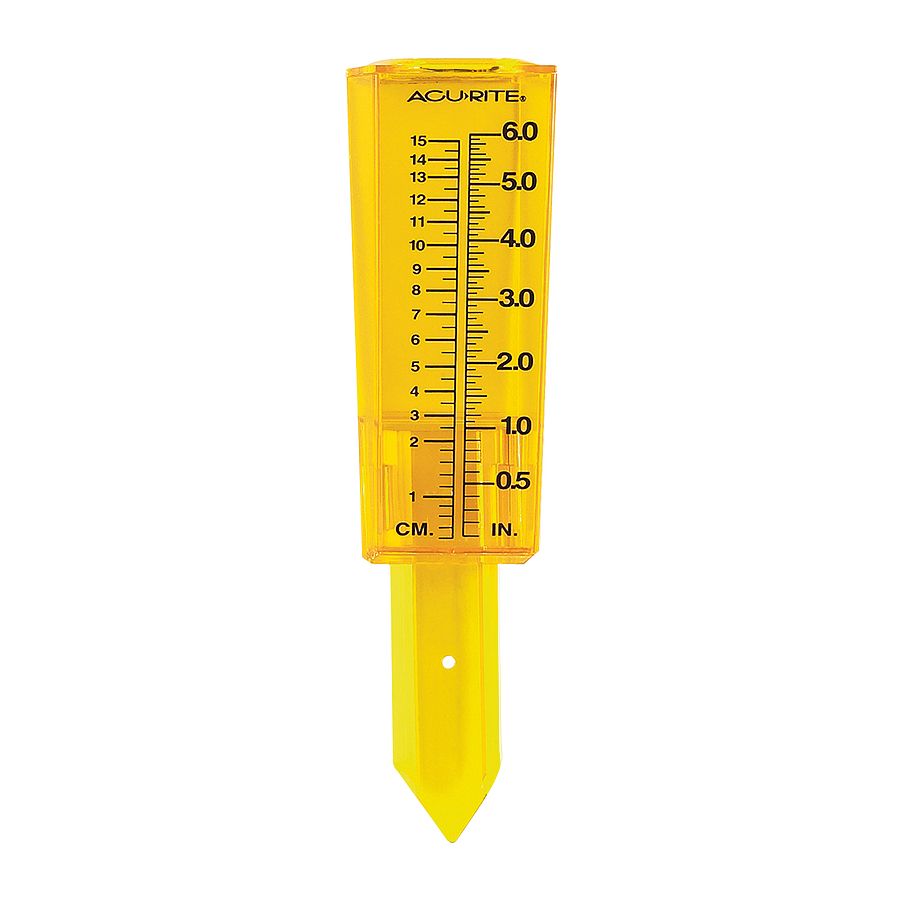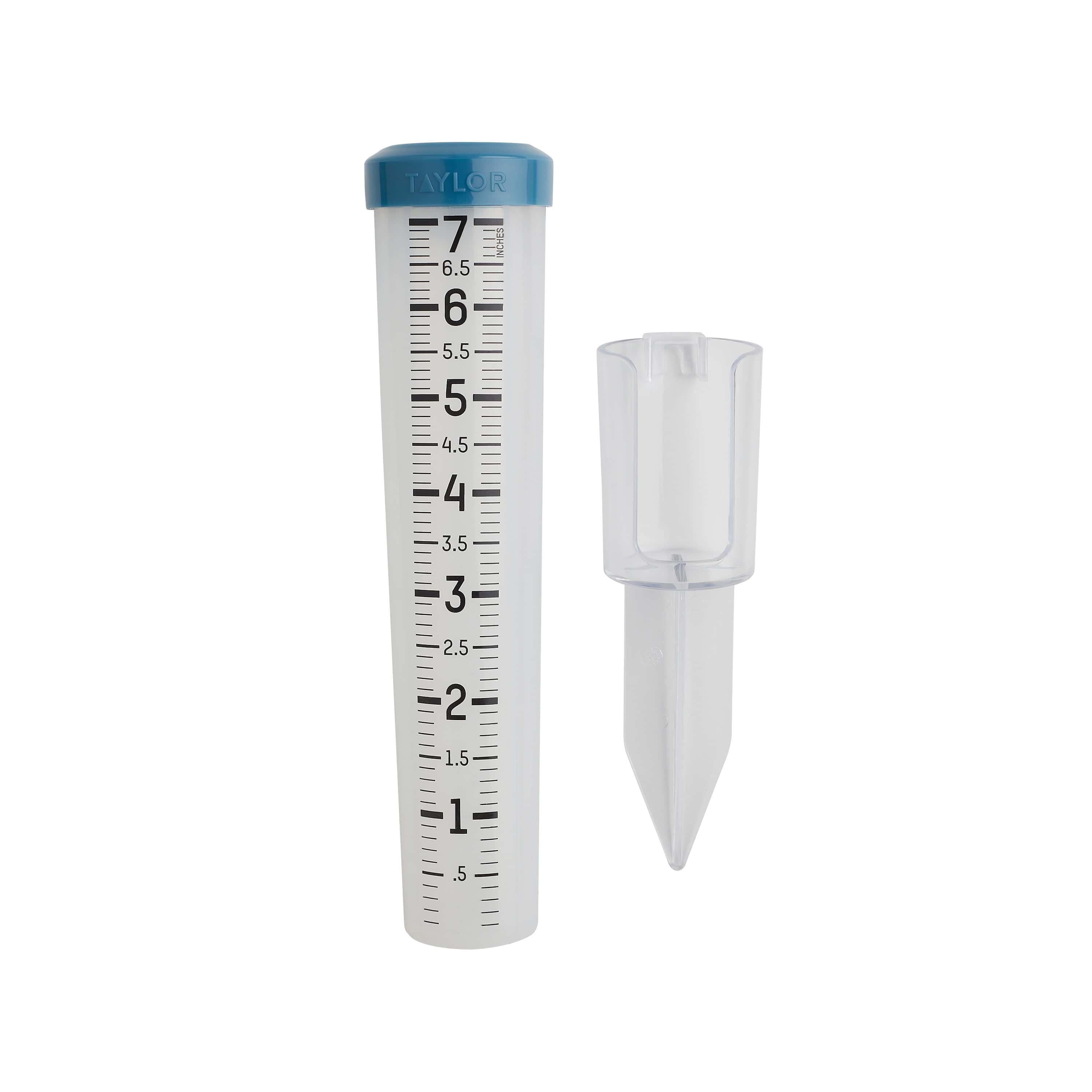Recognizing Rain Gauge Dimensions: A Full Guide
Comprehending Rain Scale Dimensions: A Full Overview is a thorough resource for any individual seeking a deeper understanding of rain scale dimensions. Rain is a crucial consider various sectors, consisting of agriculture, water, and meteorology source monitoring. This guide aims to provide viewers with a complete understanding of the importance of rain gauge dimensions, the various sorts of rain evaluates available, and just how these dimensions are obtained and analyzed. Additionally, it checks out the factors that can affect the precision of rainfall scale analyses and uses sensible tips for obtaining precise measurements. Whether you are an expert in the area or just have an inquisitiveness concerning rains dimension, this guide will certainly outfit you with the expertise required to effectively utilize rain gauge measurements.
The Relevance of Rainfall Gauge Measurements
The significance of rainfall gauge measurements exists in their duty as a critical device for properly examining and keeping an eye on rainfall levels - The Rain Gauge. Rain scale measurements provide beneficial data that helps hydrologists and meteorologists comprehend patterns and patterns in rains, which subsequently help in different fields such as farming, water resource management, and environment study

Exact rainfall dimensions are vital for farming as they assist in establishing watering requirements, crop development, and return predictions. Farmers rely upon this info to make enlightened choices about when to water their plants, stopping water wastage and making sure optimum plant health. Furthermore, rainfall data helps in examining the influence of dry spells or excessive rainfall on plant manufacturing, making it possible for farmers to take suitable actions to minimize losses.
Water resource administration heavily counts on rain gauge measurements to figure out the quantity of water readily available in tanks, rivers, and lakes. Exact dimensions make it possible for water supervisors to make educated decisions about water allotment and distribution, ensuring lasting use and preventing lacks. This info is particularly critical in areas where water scarcity is a pressing issue.
Furthermore, rainfall scale dimensions play an essential duty in environment research study. By precisely determining rainfall over extended durations, researchers can evaluate long-term environment patterns and identify changes in precipitation patterns due to climate adjustment. This data assists policymakers and scientists create strategies to adapt to and mitigate the impacts of climate modification.
Sorts Of Rain Scales
There are different sorts of rainfall assesses made use of to determine precipitation precisely. Each kind has its very own benefits and restrictions, making them suitable for different objectives and settings.
One of the most typical sort of rainfall gauge is the standard round scale. It contains a round container with a broad funnel-shaped top to accumulate rainwater (The Rain Gauge). The water is then channelled into a graduated gauging tube, permitting precise dimension of the amount of rainfall
One more kind is the weighing rain scale. Weighing rain gauges are particularly beneficial in locations with frozen precipitation or hefty rains, as they are not affected by sprinkling or dissipation.
Tipping bucket rainfall determines employ a device that pointers a small container each time it accumulates a specific amount of rainwater. The variety of tips is taped and made use of to compute the rainfall. This kind of scale is generally used in automated weather stations because of its reduced upkeep needs and capacity to provide real-time data.
Lastly, there are radar-based rain evaluates that use radar technology to estimate rains. These evaluates measure the strength of rains in a details location by assessing the shown radar signals. They are especially beneficial for determining rainfall over large locations or in remote places.
How Rain Gauge Measurements Work
Rain scale measurements are based upon the concept of accumulating and determining the amount of precipitation. These instruments are created to catch rain and offer an accurate measurement of the rains in a certain location.
One of the most common kind of rain gauge is the typical cylindrical gauge. It contains a cylindrical container with a large opening at the top to accumulate rainwater. The collected water is then funneled into a gauging tube, which is calibrated to provide the measurement in units of size, commonly inches or millimeters.
One more kind of rainfall scale is the tipping container gauge. It utilizes a seesaw-like device with two pails that tip when they get to a specific weight threshold. Each suggestion of the container represents a particular quantity of rainfall, permitting accurate dimensions.
Some innovative rainfall gauges are geared up with digital sensors that instantly record and send data. These sensing units use different technologies such as ultrasound or laser to gauge the quantity of rains properly.
Elements Influencing Rain Scale Precision
Aspects that can impact the accuracy of rain scale measurements include different environmental and functional variables. Ecological aspects such as wind, temperature level, and climatic pressure can dramatically affect the accuracy of rain scale dimensions. Solid winds can trigger the rainfall gauge to move or turn, resulting in inaccurate analyses. Likewise, severe temperatures can trigger evaporation or freezing of the collected rainwater, causing altered dimensions. Adjustments in air pressure can also impact the accuracy of rainfall gauge measurements, as they can modify the rate at which rainfall is collected.
Operational variables, on the other hand, describe elements associated with the layout, installment, and maintenance of the rain gauge. The placement of the rain scale in an area with obstructed air flow or near buildings or trees can bring about unreliable analyses as a result of blockage or splattering of rains. Inappropriate calibration or uneven maintenance of the rain gauge can likewise affect its accuracy.
To guarantee the precision of rainfall scale dimensions, it is necessary to take into consideration these variables and take proper steps. This might include picking a suitable area for the rainfall scale, ensuring appropriate installation and upkeep, and regularly adjusting the tool. By dealing with these aspects, trusted and accurate rainfall measurements can be obtained, which visit homepage are essential for numerous applications such as click resources weather projecting, hydrological studies, and agriculture.
Tips for Properly Measuring Rain
To ensure accurate rains measurements, it is vital to implement certain strategies and techniques when making use of a rain scale. Here are some pointers for accurately determining rains:
Appropriate Placement: Put the rainfall gauge in an open location, away from trees, buildings, and various other blockages that might disrupt the rains collection. It should be positioned on a level surface area to stay clear of water merging or runoff.

Read the Range Properly: When taking measurements, read the water degree at eye degree from the bottom click over here of the meniscus. Stay clear of parallax mistakes by straightening your sight straight with the water level.
Consistent Time Period: Establish a regular time period for determining rains, such as every 1 day or after each rainfall event. This ensures precise tracking and contrast of rainfall data.
Record Measurements Promptly: Tape-record rainfall measurements immediately after collection to stop evaporation or spillage. Use a rain scale with an integrated data logging feature for automated recording.
Verdict
In verdict, comprehending rain scale dimensions is vital for properly determining rainfall. Various kinds of rain evaluates are available, each with their very own advantages and constraints. It is very important to take into consideration factors that can influence the precision of rain scale measurements, such as evaporation, positioning, and wind. By following the pointers supplied, one can make sure more trusted and specific rainfall dimensions.
Recognizing Rain Gauge Dimensions: A Complete Overview is a comprehensive source for any person seeking a much deeper understanding of rainfall scale dimensions. Whether you are an expert in the field or simply have an interest concerning rainfall dimension, this guide will certainly outfit you with the knowledge needed to efficiently make use of rain gauge measurements.
The most typical kind of rainfall scale is the conventional cylindrical scale.The most usual type of rain scale is the basic cylindrical gauge.One more type of rain scale is the tipping pail scale.